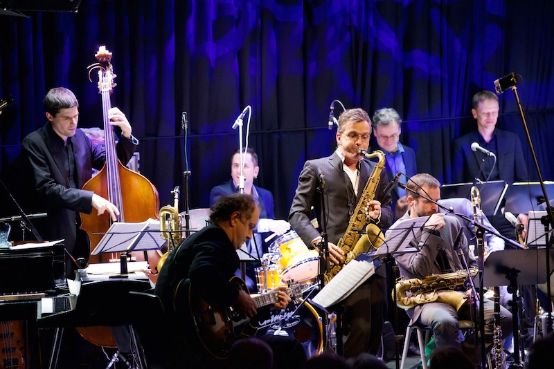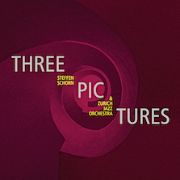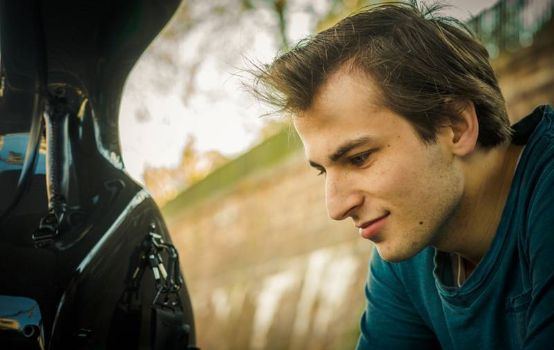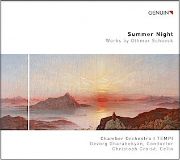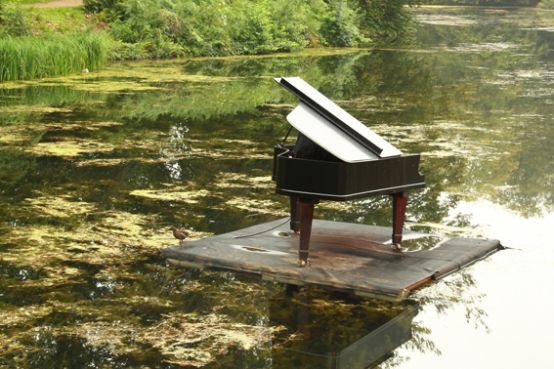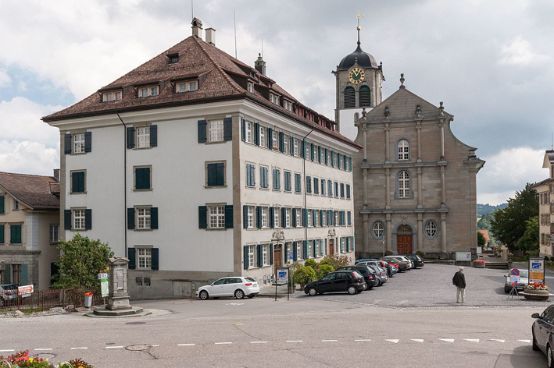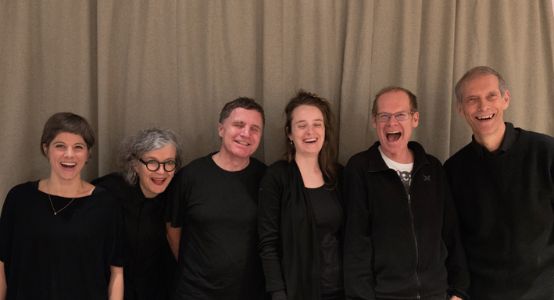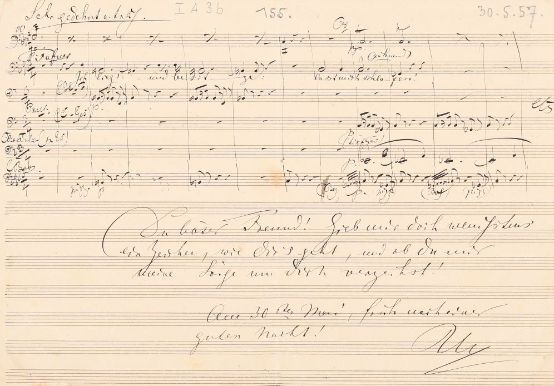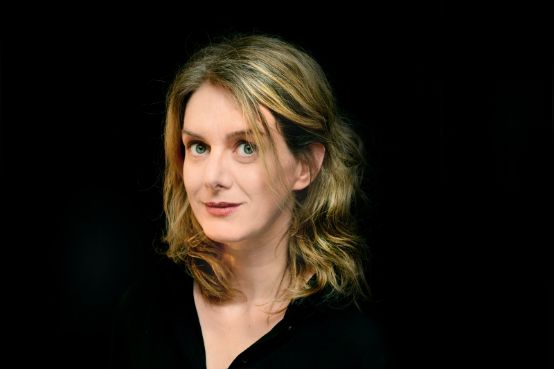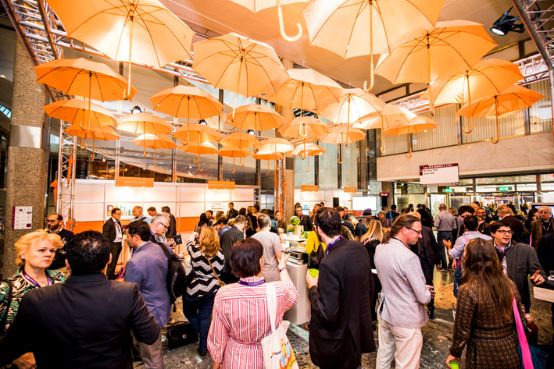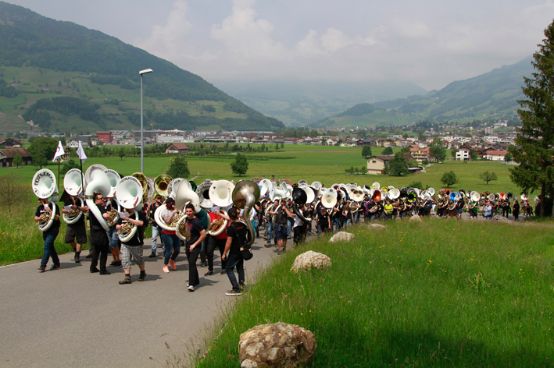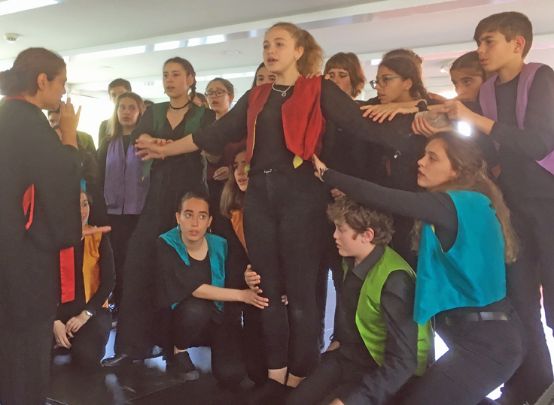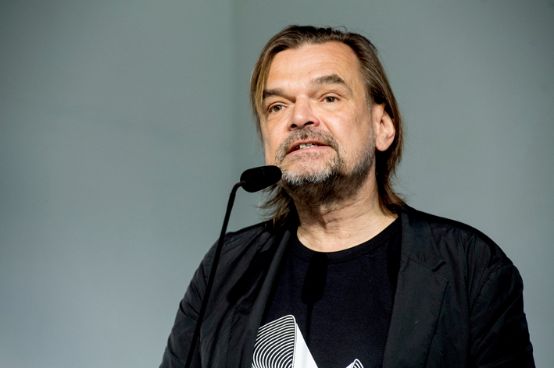Handschin Prize goes to Miriam Roner
This year, the Swiss Music Research Society (SMG) is awarding the Handschin Prize for Music Research for the fifth time. The award, which is endowed with 10,000 Swiss francs, goes to Miriam Roner, a young researcher from Bern.
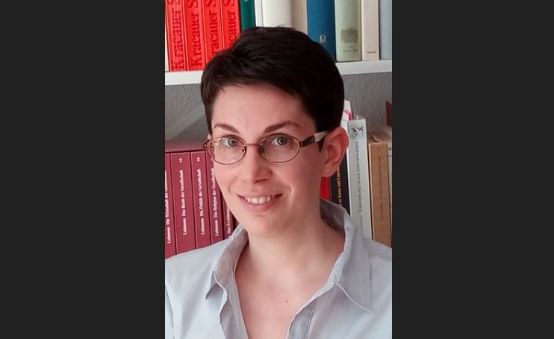
Born in Bolzano in 1986, prizewinner Miriam Roner is an accordionist and has been working at the Saxon State and University Library in Dresden since April 2018. Her responsibilities there include looking after the archive of contemporary composers and cataloging music manuscripts and musical estates.
From 2013 to 2015, she was part of the research project "Klingendes Selbstbild und 'Schweizer Töne'" at the University of Bern, where she completed her doctorate in 2016 with her dissertation "Autonome Kunst als gesellschaftliche Praxis: Hans Georg Nägelis Theorie der Musik". In her work, Miriam Roner takes a comprehensive look for the first time at one of the most important and versatile figures in Swiss music history, based on a broad range of sources.
A total of seven recent doctoral graduates applied for the prize. It was not easy for the selection committee, consisting of members of the SMG board, to make a choice from the dissertations submitted. This is the fifth time that the Swiss Music Research Society has awarded the prize, named after the Moscow-born Swiss musicologist and organist Jacques Handschin (1886-1955), which is awarded to young academics every two years. The exact date of the award ceremony is yet to be announced.






